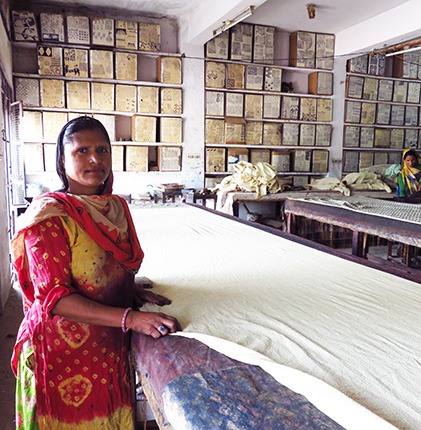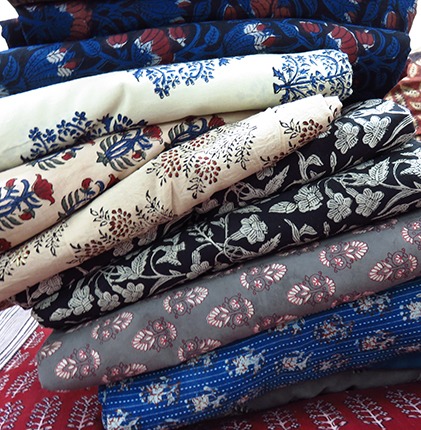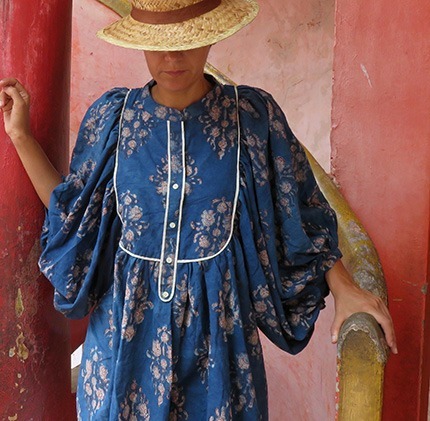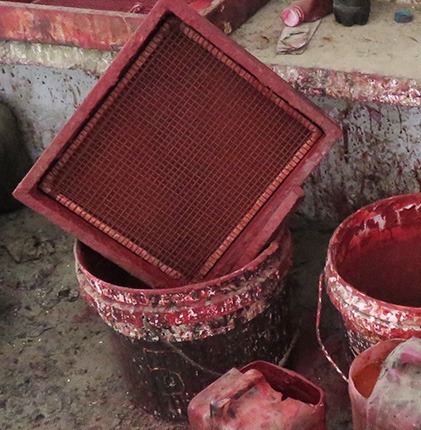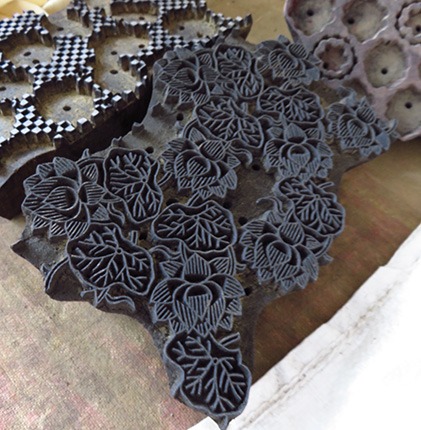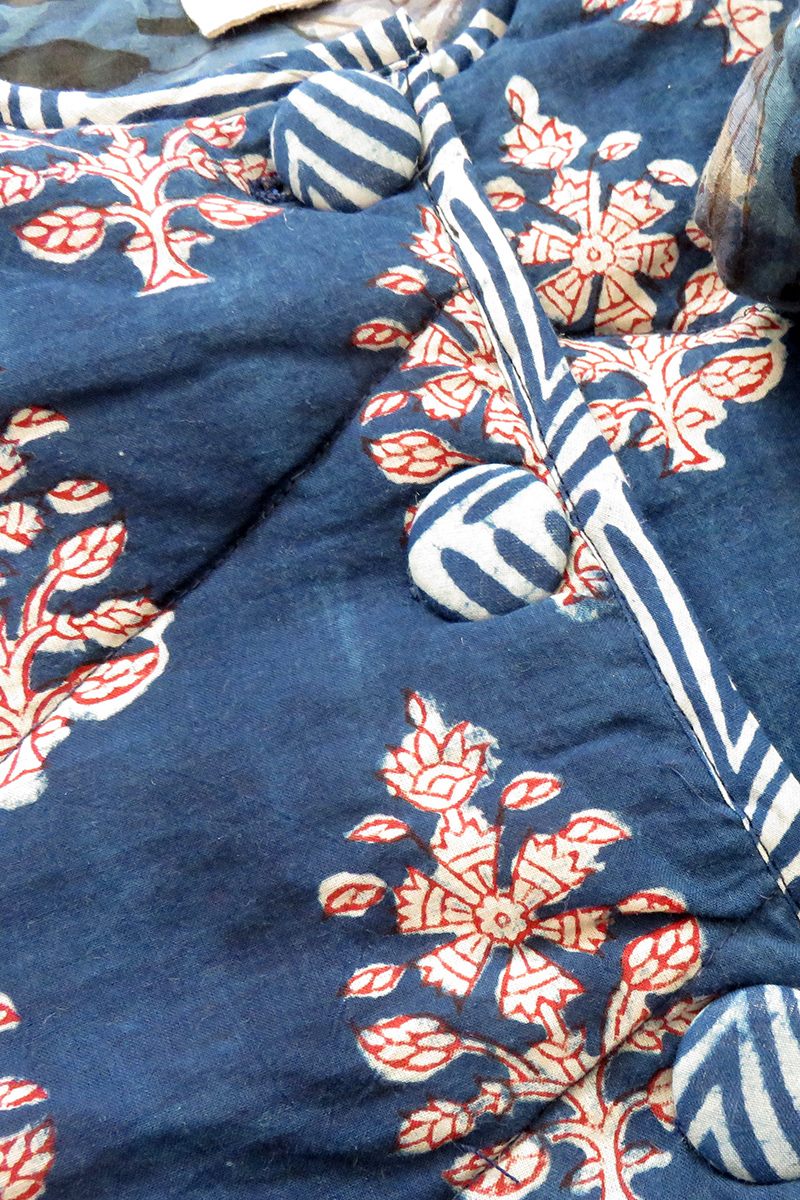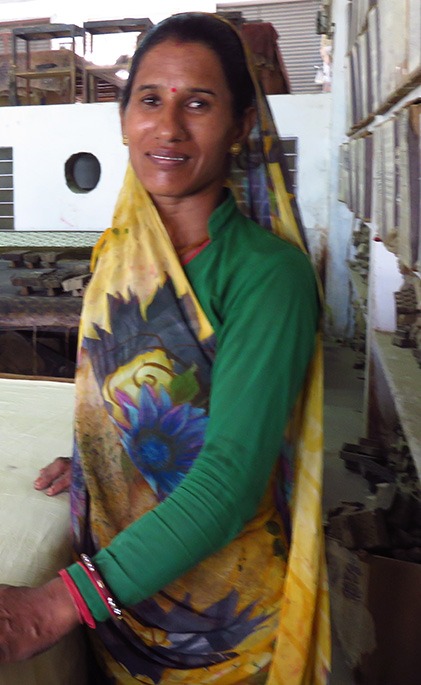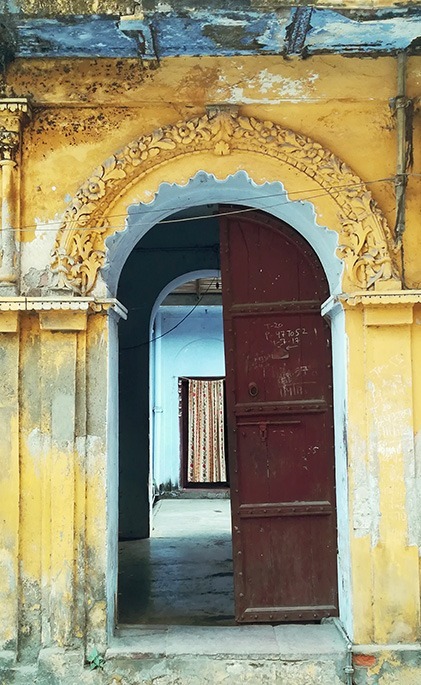Hand block printing is a technique by which a design is printed on the surface of a fabric with the help of a wooden block. The wooden block covered with dye is repeatedly pressed on the surface of the cloth to get a design or pattern.
Usually, synthetic dye is not used in this process. Most hand block printing artisans are traditional practitioners, and they have been using natural dyes as a standard practice. In this process, the design is first carved on a wooden block by hand. Then it is pressed repeatedly on the fabric after dipping in the dye.
Hand Block Printing is completely manual work and no machine is used in the whole process. This also gives the product a unique flair and identity. The beauty of this technique is that it creates a sustainable livelihood for the rural masses of developing countries. Since the process is manual, imperfection is unavoidable in this work. These imperfections actually increase the beauty of the block-printed fabric.
History of Hand Block Printing
Block printing technique has been practiced in India, China, and Japan from as early as the 15th Century BC. Some experts trace the origins of the technique to the early 3rd century. In any case, this process is at least 2000 years old.
In India, this Hand Block Printing finds its trace in the state of Rajasthan. Block printing has been practiced there for more than 500 years. This technique has been passed down from generation to generation.
India has been famous for its printed cotton cloths since the 12th century. Consequently, different forms of block printing have evolved in different places in India. In north India, you find different types of design, while in south India, there are entirely different patterns of this hand block printing.
Culture Aspects
Hand block printing is rooted in the culture of the society in India. The textile tradition of India can be traced back to over 5000 years in the Harappan civilization. From there on, several important centers of this craft developed. Several of these are still thriving and produce very high-quality fabric prints.
Kalamkari is one of the earliest techniques of hand block techniques among the Indian styles. This technique was first developed in Machilipatnam in Andhra Pradesh. It uses vegetable dyes for printing.
The colorful block print of birds, animals, gods, and goddesses is included in the designs of Rajasthan. This type of print is found in the region of Jaipur. People are connected by these figures like animals, gods, and goddesses and these figures are involved in the printing process. These techniques drive their energy directly from the daily lives and toiling of the common man.
Each of these regions has traditionally distinct designs based on their tradition and culture.


